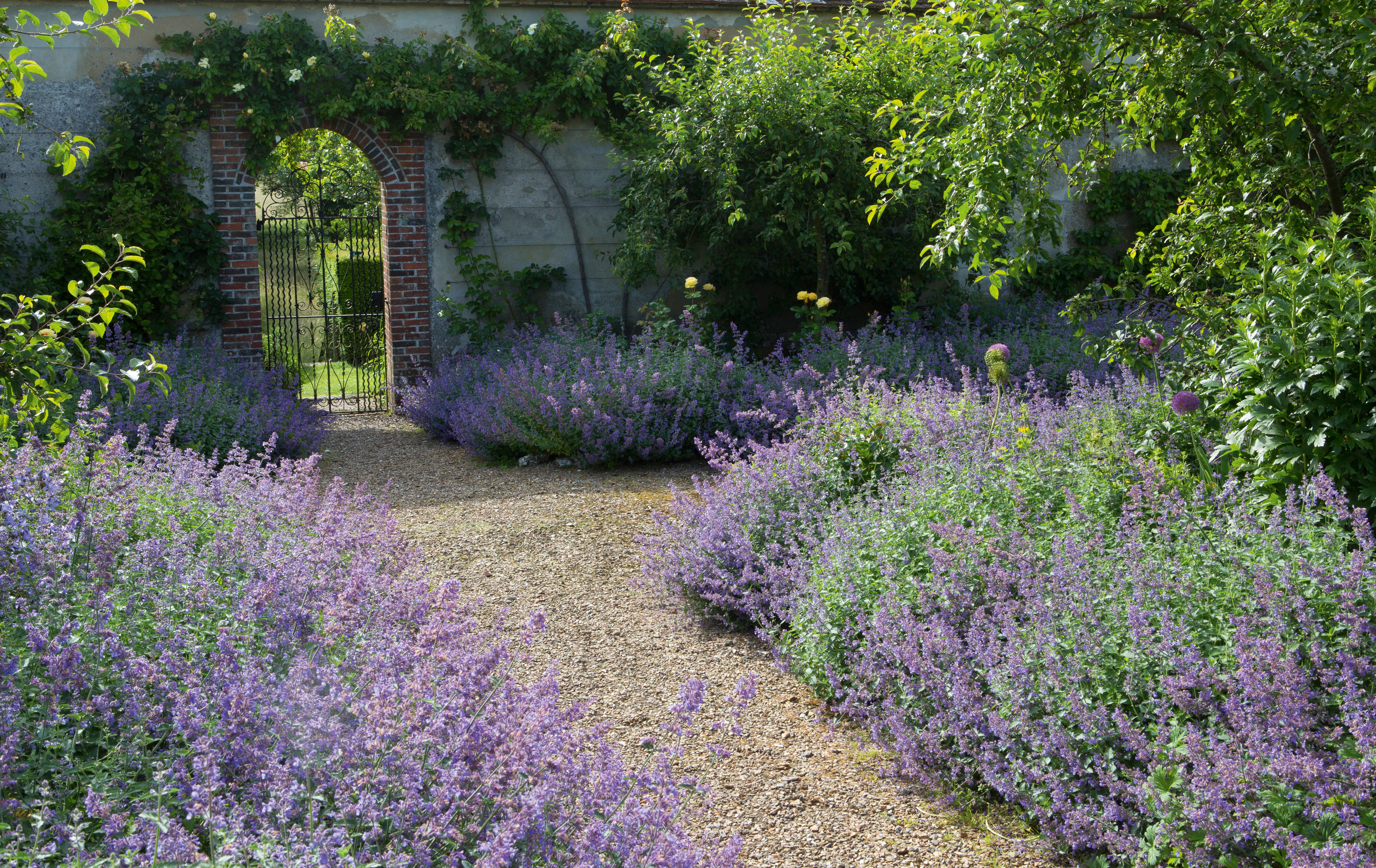
Gravel is a great material to choose for your garden for all sorts of purposes. Choosing gravel for your garden is a cost-effective, natural solution, and it's low maintenance, so long as you lay it over a weed membrane. Create a rustic, relaxed scheme in your garden with gravel – but first, learn how to choose gravel correctly.
Find more garden ideas in our ultimate gallery.
Where to use gravel in your garden?

Slate from Nustone edges raised beds dressed with a gravel mulch
Gravel is a versatile material that can be used in both contemporary and traditional style gardens. So, whether you want to add touches of gravel around the edges of a patio, create a seaside style garden with expanses of gravelled bedding or use gravel to create a pathway, add it to your garden design shopping list.
Find out how to lay a gravel path in our guide.
But see it as just one hard landscaping element; garden designers tend to stick to a palette of three to four different materials, such as gravel, brick and oak, to avoid a garden design becoming too busy. This makes it easier to achieve design unity, and allows you to break up one expanse of material, such as paving or decking, with gravel edging, for example.
Which gravel colour to choose?
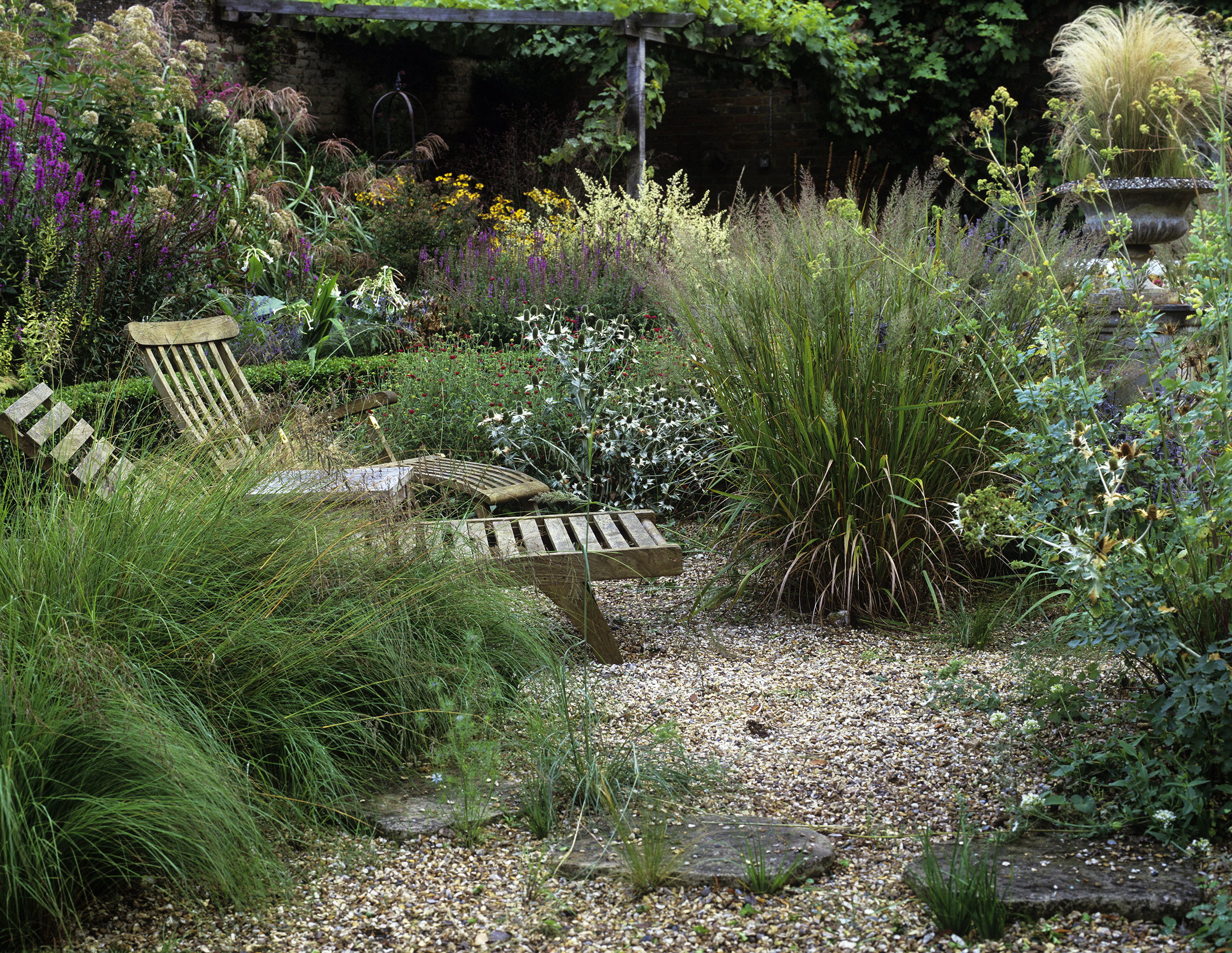
Ideally, choose your garden gravel to accent or complement what is already present in the garden, especially the fabric of the house and the local natural stone.
Pea gravel in shades of earthy brown, honey, dark grey and deep brick red work well with most materials used in British architecture, especially period homes.
Contemporary glass-clad or wooden exteriors, tend to suit a subtler colour combination in white, pale grey and black.
If your garden gets a lot of shade you might want to choose a pale coloured gravel or paving that has natural light reflecting qualities to brighten your garden up.
Try to view the stone before you buy it; just remember it will look completely different when wet.
If you have several packs of the same gravel to lay, mix them up to enhance colour blending.
Which gravel size to go for?
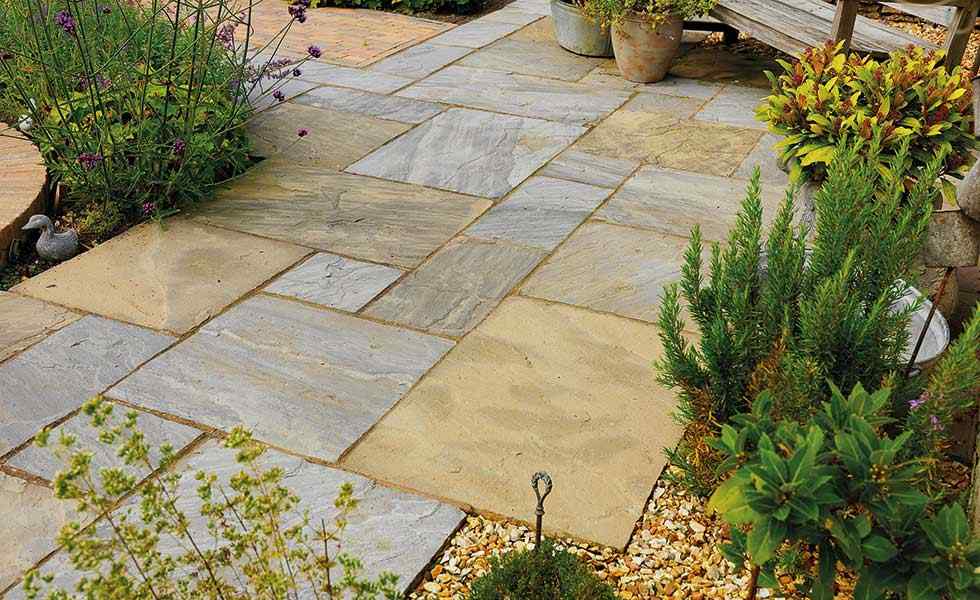
This Pavestone Old Black Sandstone is the perfect complement for traditional style pea gravel
For footpaths (and for designing a driveway, while we're at it), use a medium sized gravel that won’t move around too much (or get stuck in tyres), but is still comfortable to walk on.
Use cobbles and larger stones or boulders to infill awkward shapes in garden borders, to highlight planting, to add interest in corners, to soften the edges of paved or decked areas and to define separate zones within the garden.
Which gravel stone to pick?
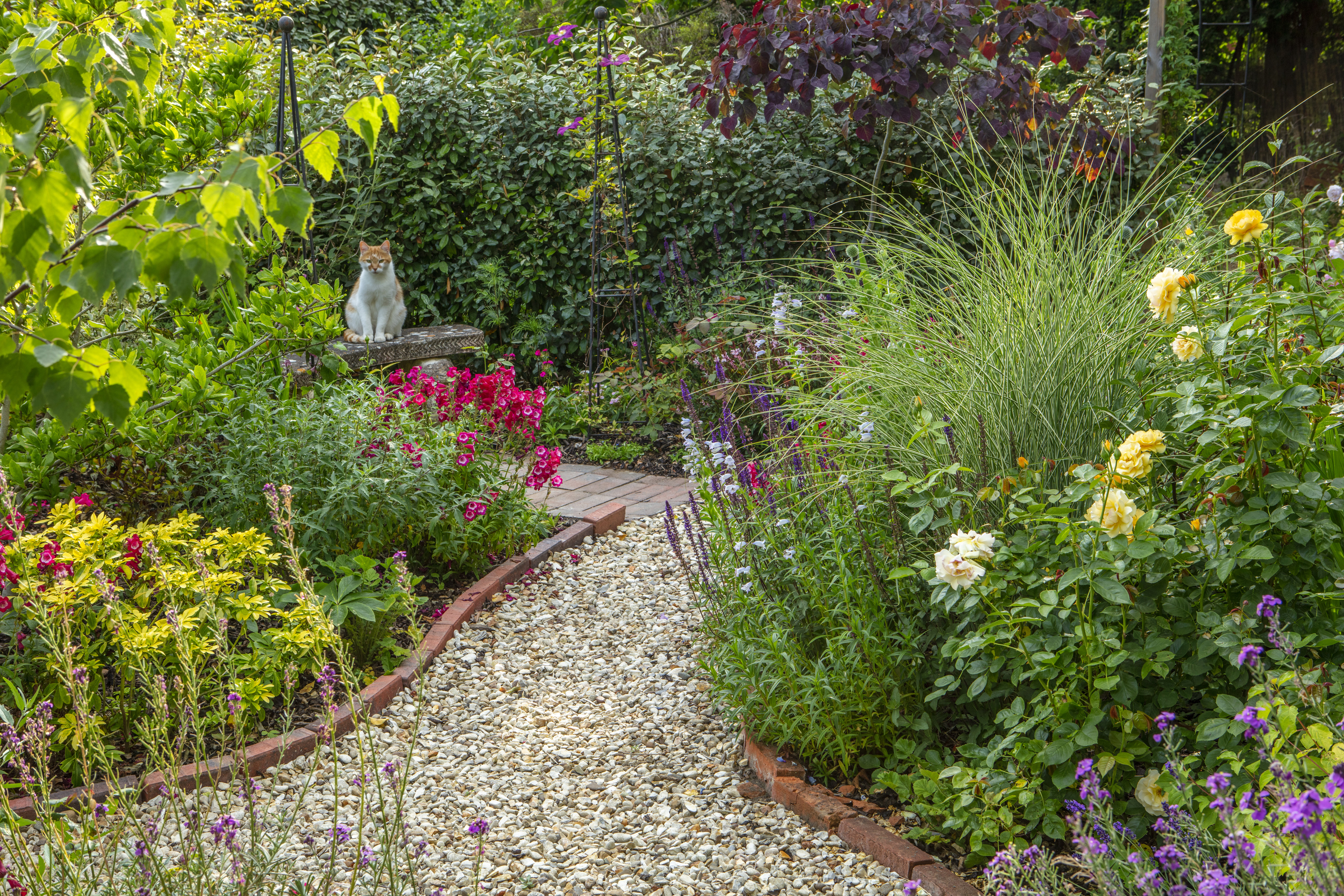
Most gravel stones will cope with general garden use; harder stones, such as granite, cope better with heavy traffic – important if your car will be driven on and off it.
Loose gravel, resin-bound gravel or self-binding gravel?
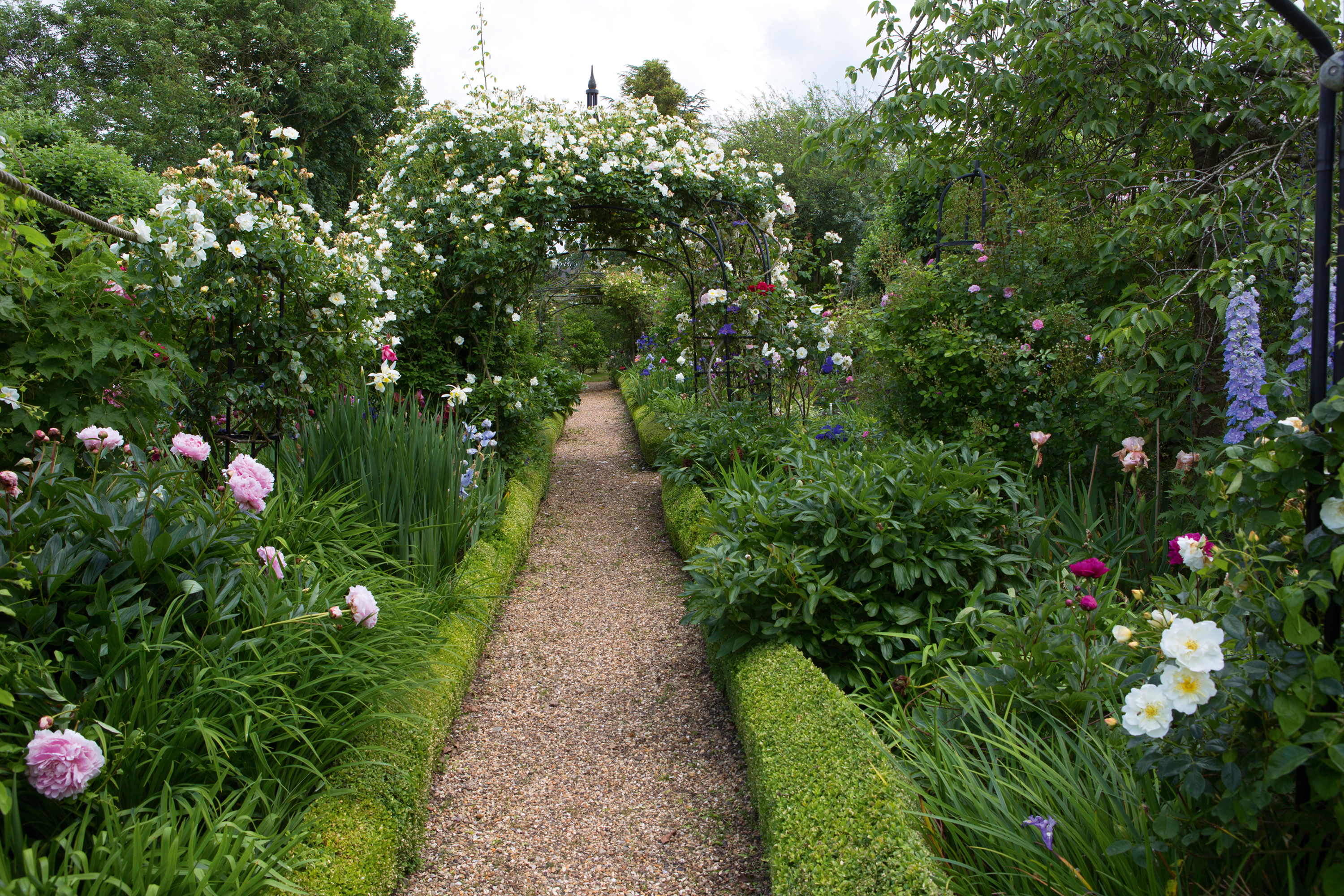
Loose gravel is the best gravel for country gardens, but suits contemporary gardens, too. Water-permeable, it is easy to DIY-lay, too, making it an affordable option. It's the best gravel for pathways, too. Unless your gravel is contained, however, it will wander, so raking stones back into place will become a regular maintenance job. You may also find that the gravel needs topping up every now and then. If your garden is on a slope or regularly experiences heavy snowfall, loose gravel will not be practical. How to keep gravel in place? Use a cellular grid over the weed membrane and lay the gravel directly over that.
Resin-bound gravel is more suited to contemporary gardens, especially urban courtyards. It's not dissimilar in looks to loose gravel but, with the particles totally set in resin, the finish is more streamlined, although still permeable. It comes in a range of colours and textures, and can be laid over new bases and some existing ones, such as asphalt and concrete; it's also suitable for slopes.
Self-binding gravel will work in both traditional and contemporary gardens. It works by knitting together once compacted to form a solid base and surface. This gravel looks more natural than resin-bound gravel, is permeable and can be used on slopes of less than one in 15.
How much does gravel cost?
Loose gravel costs around £30m²; self-binding gravel costs from £55m²; self-binding gravel can cost as little as £10m².
What should gravel be laid on to?
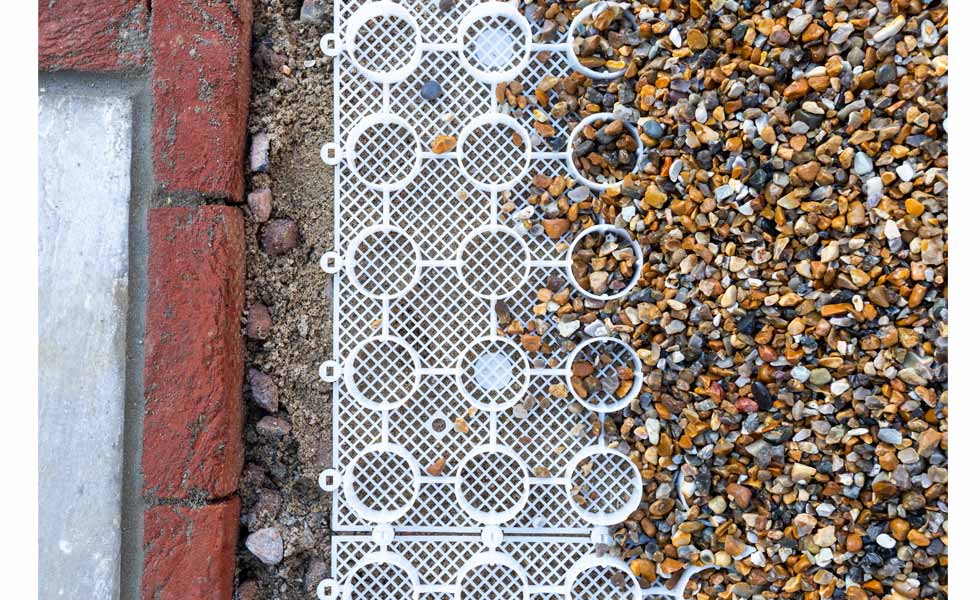
You will need to create a good solid foundation for gravel that's to be used as a pathway or seating area; check the levels carefully, too. Before you lay the gravel over soil in a flowerbed, simply level the soil, then apply a weed block fabric to stop perennial weeds taking hold.
You can also use a gravel grid, like the one above, to stop the gravel moving about. This is particularly useful in a driveway where the movement is that much more dramatic.
When using gravel and aggregates, always hose it down before use to clear any small sediment.
More garden design advice:
Join our newsletter
Get small space home decor ideas, celeb inspiration, DIY tips and more, straight to your inbox!
-
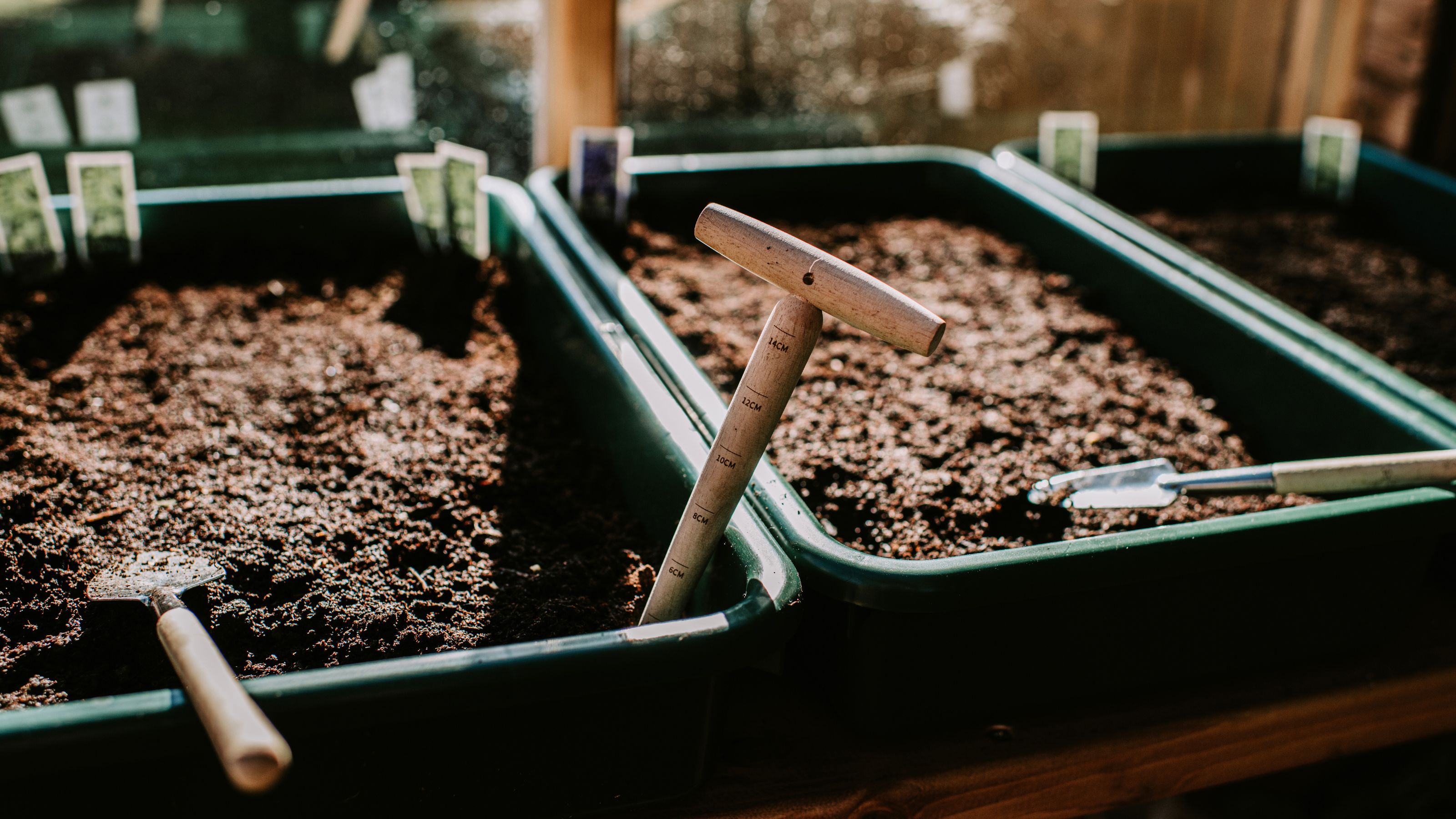 How to make compost — 8 easy steps gardening pros always use
How to make compost — 8 easy steps gardening pros always useLearn how to make compost at home in seven easy steps, whether you have a bin or want to create a compost heap. We've asked pros for their top tips
By Eve Smallman Published
-
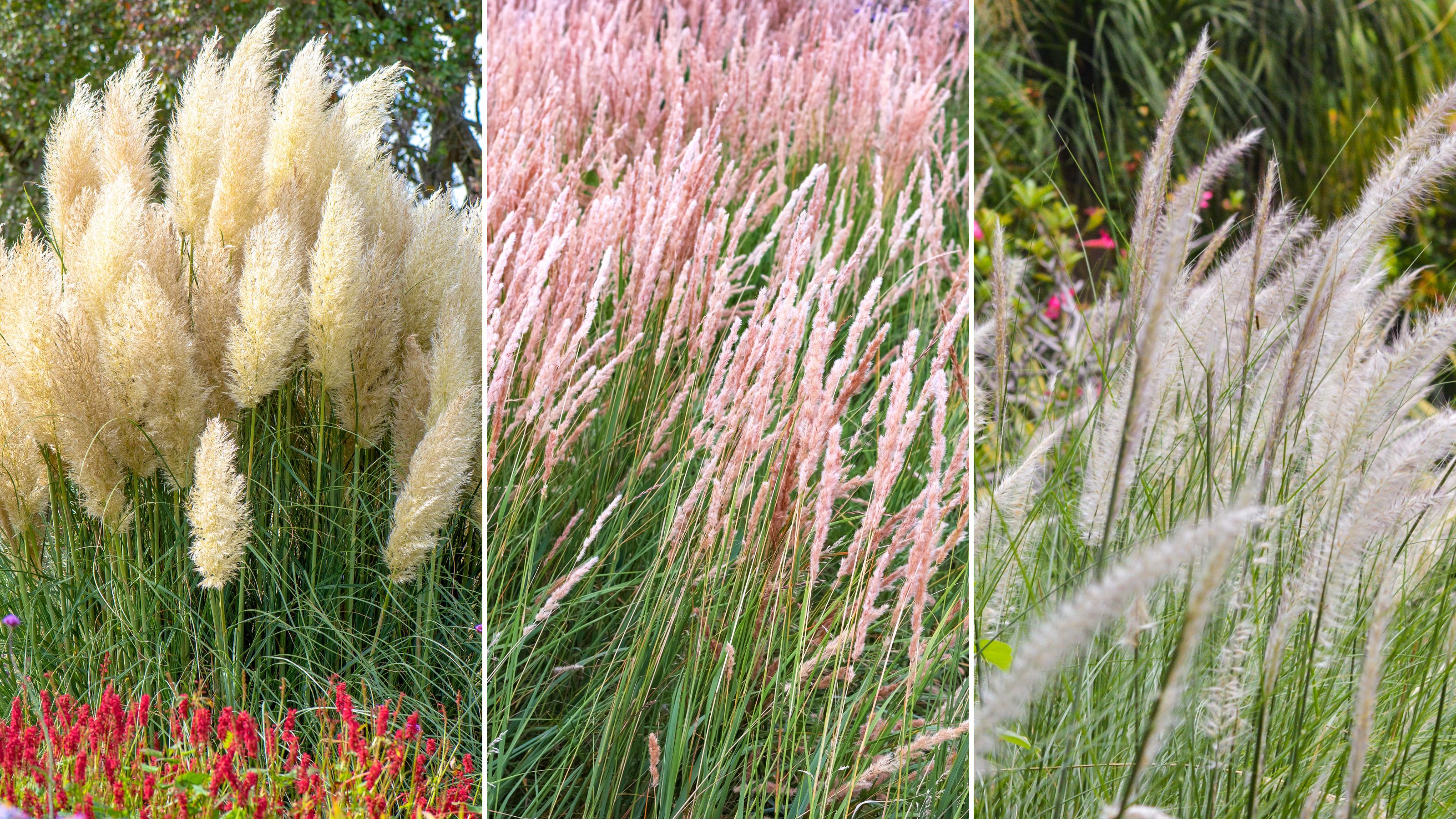 Planting ornamental grasses — the best types experts love and how to grow them
Planting ornamental grasses — the best types experts love and how to grow themWe've got you covered on planting ornamental grasses, speaking to experts about what ones to grow, how to grow them, and factors to consider
By Eve Smallman Last updated
-
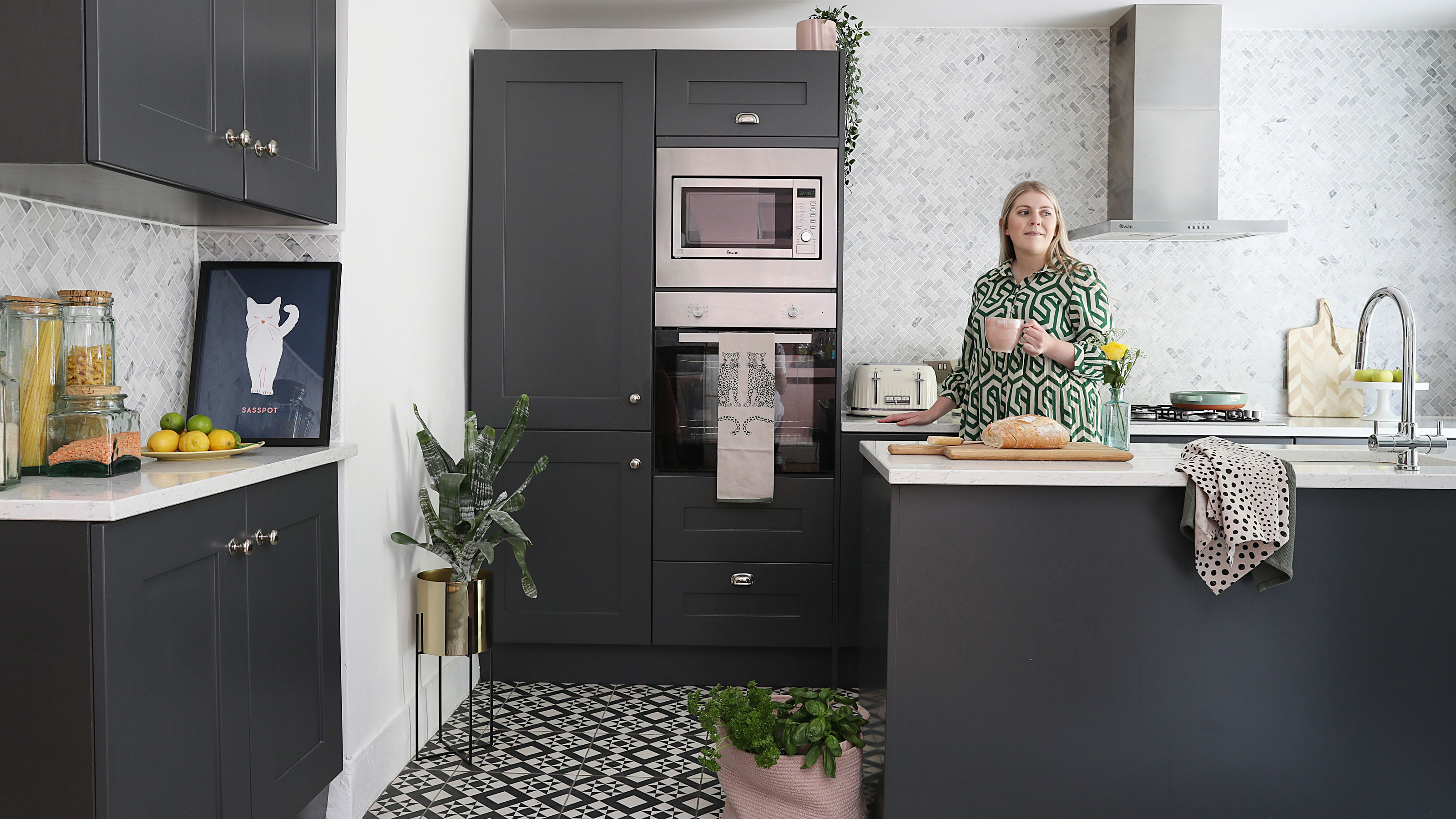 "Grotty" terrace is transformed with French flair and Ibiza vibes in the garden
"Grotty" terrace is transformed with French flair and Ibiza vibes in the gardenEsther Pillans' tired-looking Victorian terraced house was given a makeover with a touch of Parisian chic
By Ellen Finch Published
-
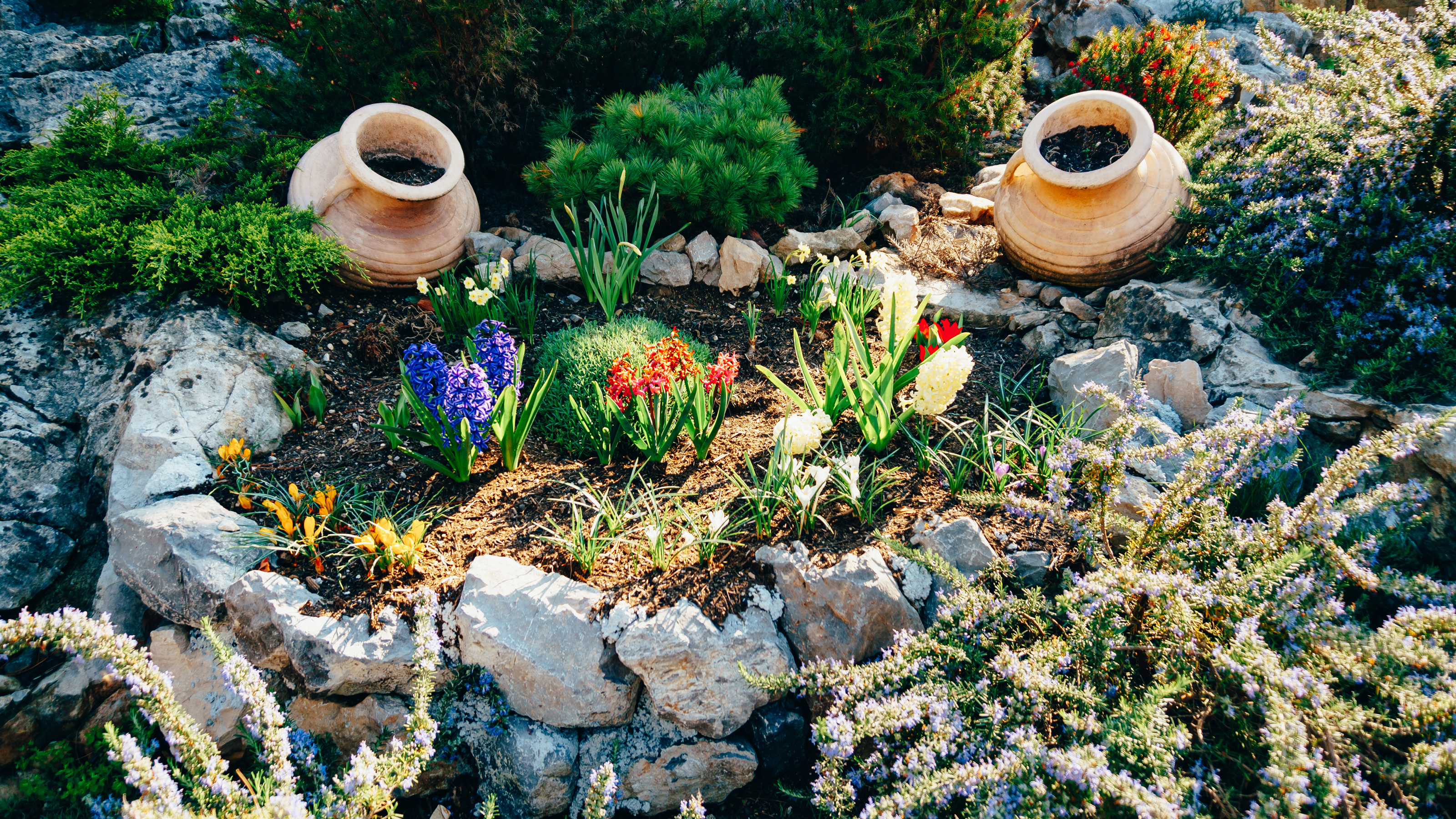 Rock garden ideas – 10 DIY ways to create a rockery
Rock garden ideas – 10 DIY ways to create a rockeryThese rock garden ideas are suitable for outdoor spaces big and small. Create your own rockery on a lawn or even on a balcony with just a few materials.
By Anna Cottrell Published
-
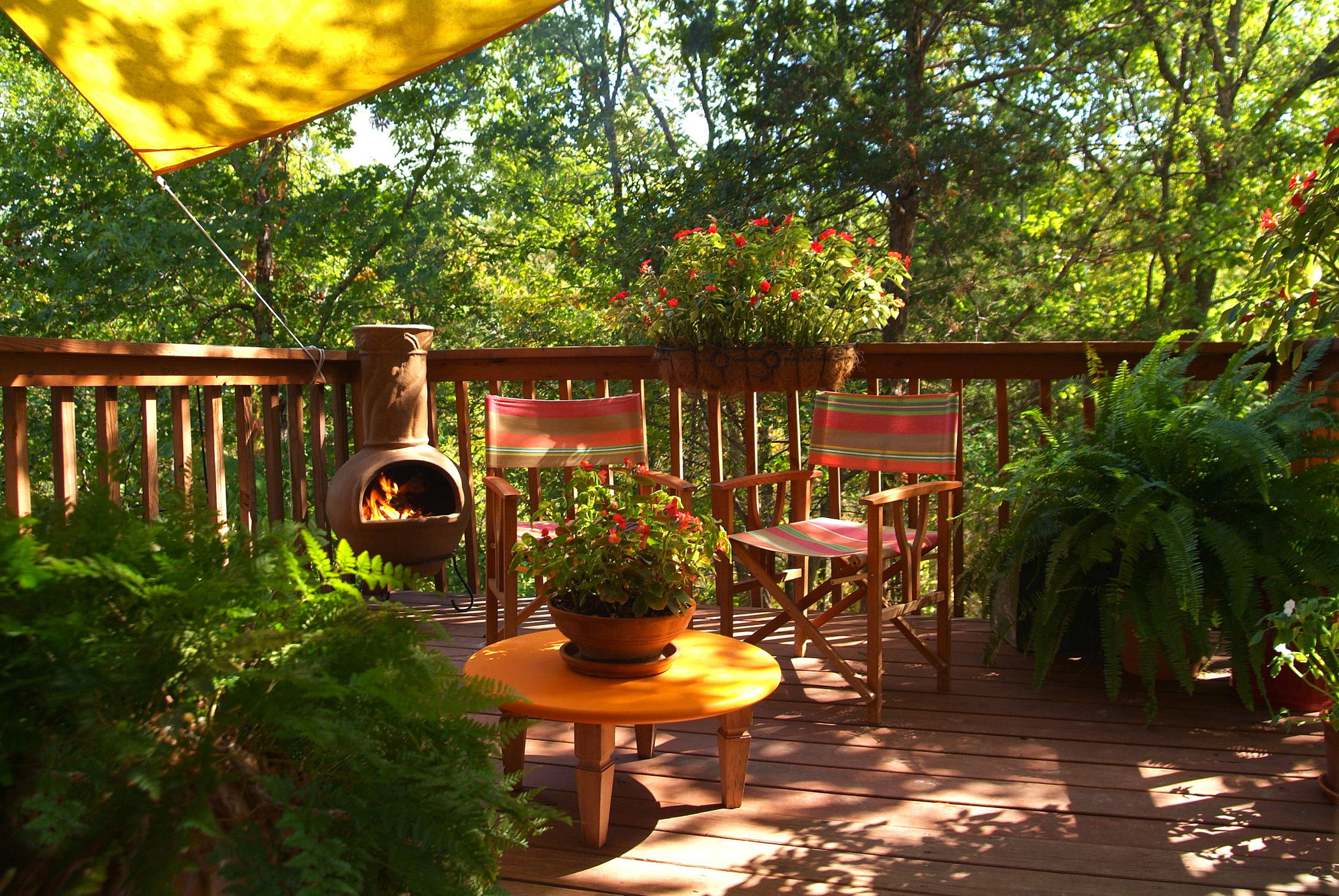 Cabin fever? These chimineas will extend the life of your patio
Cabin fever? These chimineas will extend the life of your patioThis cold-weather season, cozy up to our favorite chimineas!
By Brittany Romano Published
-
 5 outdoor summer essentials to prove Society6 is your one-stop-shop this season
5 outdoor summer essentials to prove Society6 is your one-stop-shop this seasonCheck off all of your outdoor summer essentials by shopping exclusively at Society6.
By Brittany Romano Published
-
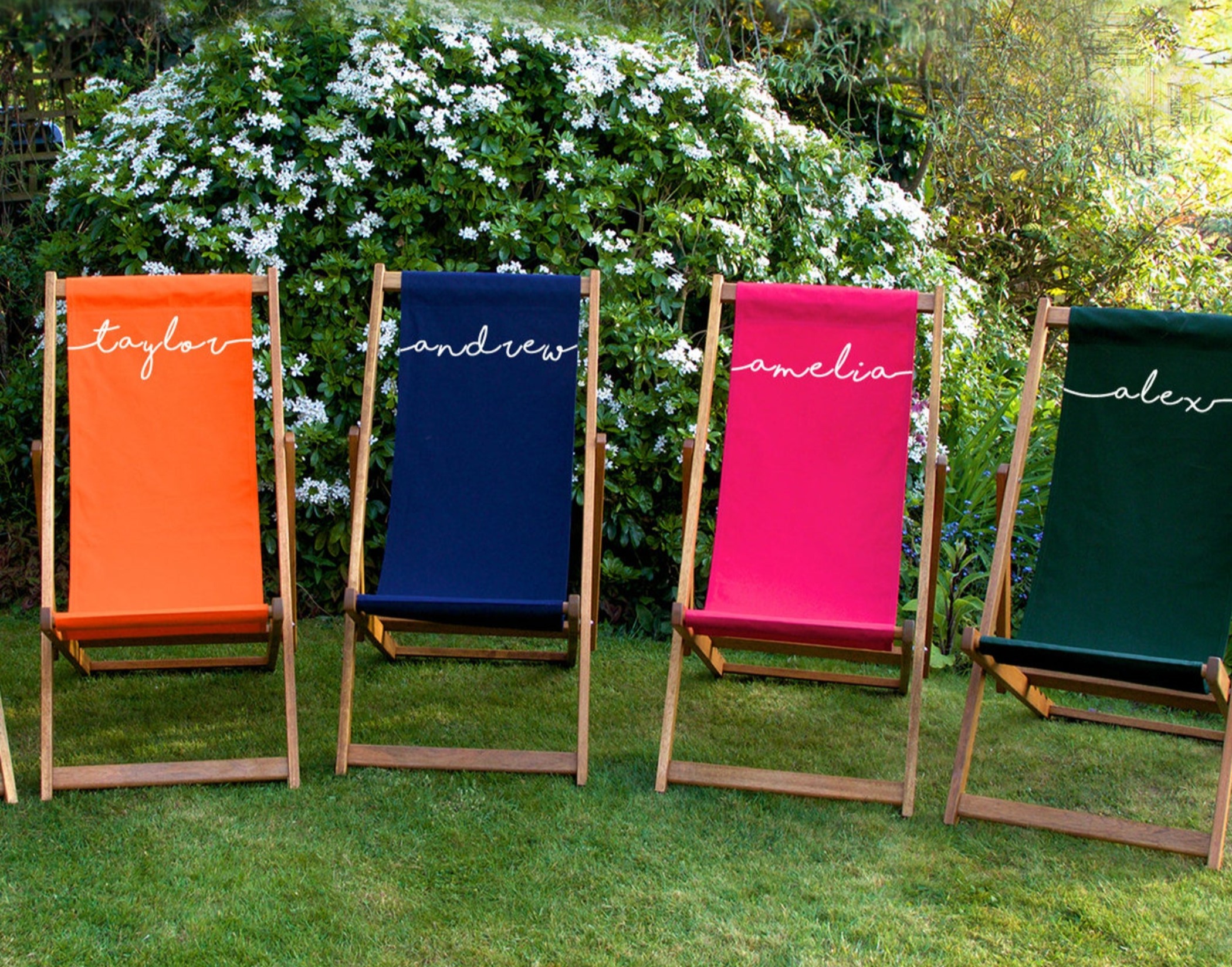 The first-ever Etsy outdoor sale is happening now, and we're buying these 5 items
The first-ever Etsy outdoor sale is happening now, and we're buying these 5 itemsFor a limited time, this Etsy outdoor sale will give your backyard the facelift it needs — at a fraction of the cost.
By Brittany Romano Published
-
 The benefits of houseplants – 8 feel-good ways plants help your health
The benefits of houseplants – 8 feel-good ways plants help your healthEnjoy the many benefits of houseplants. Air-purifying, anxiety-soothing, mood boosting and more positive vibes.
By Camille Dubuis-Welch Published